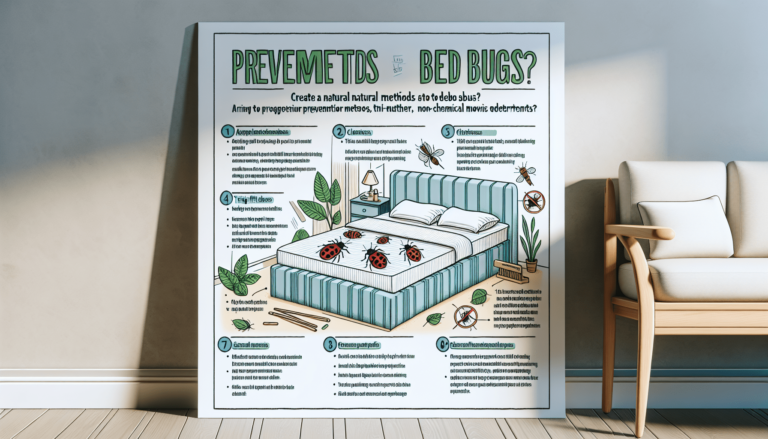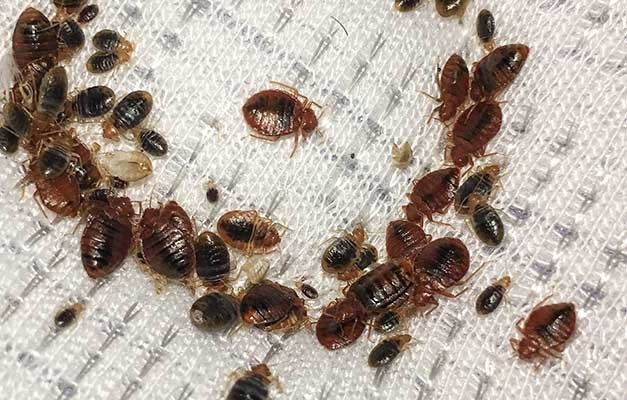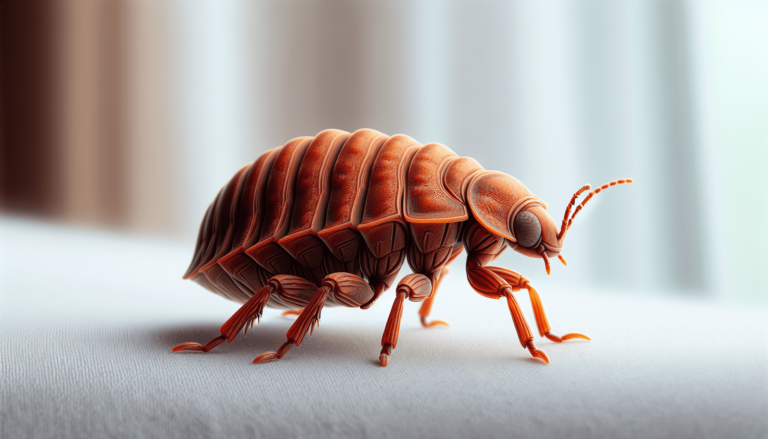Where To Look For Bed Bugs
This article will provide you with expert tips on where to look for bed bugs. Whether you’re a homeowner, hotel manager, or just concerned about potential infestations, knowing where to find these pesky pests is crucial. We’ll explore common hiding spots, including mattresses, furniture, and even electrical outlets. Additionally, we’ll discuss the signs of an infestation and steps you can take to prevent them. By the end of this article, you’ll have the knowledge needed to detect and address bed bug issues, ensuring a restful and bug-free environment.

This image is property of images.saymedia-content.com.
Understanding Bed Bugs
Bed bugs are small, parasitic insects that feed on the blood of humans and other warm-blooded animals. They are flat and oval-shaped, with a reddish-brown color. While they do not have wings, they are able to crawl easily on different surfaces. Bed bugs are nocturnal pests, meaning that they are most active at night when their hosts are asleep.
Characteristics of Bed Bugs
Bed bugs are incredibly resilient insects and can survive in a wide range of conditions. They can live for several months without feeding, making them difficult to eliminate. These pests are expert hiders and can fit into tiny cracks and crevices, making it challenging to locate and eradicate them.
Life Cycle of Bed Bugs
Understanding the life cycle of bed bugs is crucial in successfully eliminating an infestation. Bed bugs go through several stages in their life cycle, including eggs, nymphs, and adults. Female bed bugs can lay hundreds of eggs in their lifetime, and these eggs can hatch in as little as one week. The nymphs go through several molting stages before reaching adulthood.
Why Bed Bugs Infest Houses
Bed bugs are excellent hitchhikers and can easily be transported from one location to another. They often infest houses through the introduction of infested furniture, luggage, or clothing. They are attracted to the warmth and carbon dioxide emitted by humans, making beds and other sleeping areas their primary target.
Common Locations of Bed Bugs in Residential Settings
Bedding and Mattresses
Bed bugs are notorious for infesting mattresses and bedding. They hide in the seams, crevices, and folds of mattresses, where they have easy access to their unsuspecting hosts. Check for signs of bed bugs, such as dark spots (excreta marks) or shed exoskeletons, on the mattress and bedding.
Furniture and Upholstery
Furniture, including sofas, chairs, and recliners, can provide ample hiding spaces for bed bugs. They can hide in cracks, seams, and upholstery folds, making it important to thoroughly inspect and treat all furniture in an infested area.
Carpets and Rugs
Bed bugs can infest carpets and rugs, especially around the edges and underneath furniture. They can also hide in the gaps between floorboards. Regular vacuuming and deep cleaning can help reduce the risk of infestation in these areas.
Wall Hangings and Decorations
While less common, bed bugs can hide behind wall hangings, picture frames, and other decorations. Check these areas for signs of bed bugs, as they can serve as secondary hiding spots.
Bed Bugs in Commercial Properties
Hotels and Guest Houses
Hotels and guest houses are common hotspots for bed bug infestations. The high turnover of guests increases the likelihood of bed bugs being introduced and spread. Regular inspections and professional treatments are necessary to ensure a bed bug-free environment for guests.
Offices and Commercial Buildings
Bed bugs can also infest offices and commercial buildings, especially if employees or customers unknowingly bring them in. Common hiding spots in these settings include desk chairs, waiting room furniture, and upholstery in conference rooms.
Hospitals and Healthcare Facilities
Due to the constant flow of patients, visitors, and healthcare workers, hospitals and healthcare facilities are at risk of bed bug infestations. Strict hygiene protocols and regular inspections are essential in preventing the spread of bed bugs in these sensitive environments.
Education Institutions
Schools and universities can also fall victim to bed bug infestations. Students and staff may unknowingly transport bed bugs on clothing and personal belongings, leading to widespread infestations if not addressed promptly.
Public Transport Vehicles
Bed bugs can infest public transport vehicles, such as buses and trains, especially in areas where people frequently rest or sleep, like overnight or long-distance routes. Regular cleaning and inspection of these vehicles are necessary to prevent infestations.
Indicators of Bed Bug Infestation
Visible Sightings of Live or Dead Bed Bugs
One of the most obvious signs of a bed bug infestation is the presence of live or dead bed bugs. These pests are visible to the naked eye and can often be found hiding in cracks, crevices, and other hiding spots.
Bed Bug Excreta Marks
Bed bugs leave behind dark spots, known as excreta marks, on surfaces they infest. These marks are a result of their digestion and can be found on mattresses, bedding, furniture, and walls.
Bed Bug Exoskeletons and Eggs
As bed bugs go through their molting stages, they shed their exoskeletons, which can be found near their hiding spots. Additionally, bed bug eggs are small and white, often resembling tiny grains of rice.
Unusual Smell in the Room
Infested areas may have a distinct, sweet, and musty odor. This odor is often described as a combination of almonds and rotten raspberries and is caused by pheromones released by bed bugs.
Bites on Human Body
Bed bug bites are usually small, red, and itchy. They are often arranged in clusters or a line pattern and can be found on exposed areas of the body that come into contact with the bed or furniture.
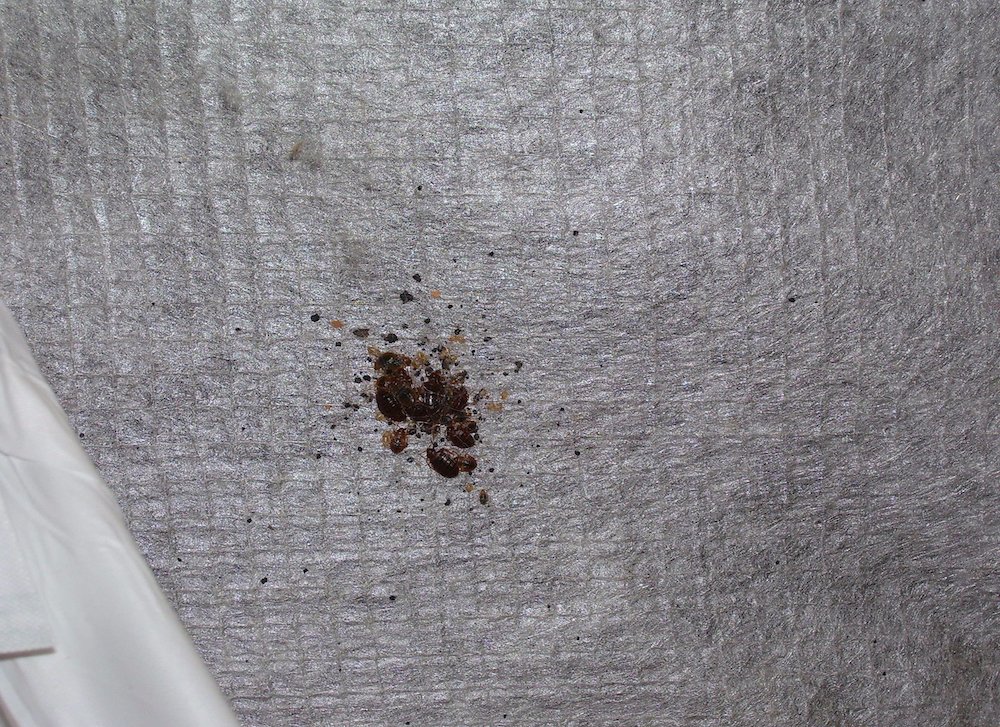
This image is property of images.ctfassets.net.
Techniques for Searching Bed Bugs
Visual Inspections
Thorough visual inspections of common hiding spots are essential in detecting bed bug infestations. Use a flashlight and carefully examine seams, crevices, and folds of mattresses, furniture, and other potential hiding spots.
Use of Dogs Trained to Detect Bed Bugs
Specially trained dogs, known as bed bug detection dogs, can effectively sniff out bed bugs in various locations. These dogs have a highly developed sense of smell and can detect even a single live bed bug or egg.
Use of Bed Bug Detection Devices
Bed bug detection devices, such as interception traps or active monitors, can help indicate the presence of bed bugs. These devices are designed to capture and trap bed bugs, providing evidence of an infestation.
Preventing Bed Bug Infestations
Regular and Thorough Cleaning
Maintaining a clean environment is crucial in preventing bed bug infestations. Regularly vacuuming carpets, washing bedding in hot water, and keeping furniture clean can help eliminate potential hiding spots and reduce the risk of infestation.
Sealing Cracks and Crevices
Sealing cracks and crevices in walls, floors, and furniture can prevent bed bugs from finding harborage areas. Use caulk or sealant to seal any openings where bed bugs could hide.
Use of Bed Bug-Proof Covers
Bed bug-proof mattress and box spring encasements can help protect against infestations. These covers are specially designed to prevent bed bugs from entering or escaping, making it more difficult for an infestation to establish.
Avoiding Second Hand Furniture
When purchasing used furniture, thoroughly inspect it for any signs of bed bugs before bringing it into your home. Avoid acquiring items from questionable sources or locations with known infestations.
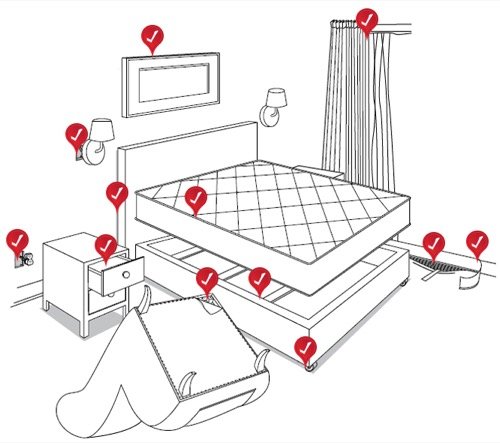
This image is property of cdn.domyown.com.
Professional Help for Bed Bug Control
Exterminators and Pest Control Agencies
Professional exterminators and pest control agencies have the expertise and tools to effectively eliminate bed bug infestations. They can perform thorough inspections, implement targeted treatments, and provide ongoing monitoring to ensure complete eradication.
Insect Growth Regulators
Insect growth regulators (IGRs) are a type of pesticide that disrupts the growth and development of bed bugs. IGRs can prevent eggs from hatching and nymphs from maturing, effectively reducing the population over time.
Heat Treatment
Heat treatment involves raising the temperature of an infested area to a level that is lethal to bed bugs. This method can reach bugs or eggs hiding in cracks and crevices, ensuring comprehensive eradication.
Chemical Treatments
Chemical treatments, such as insecticides, can be used to directly target bed bugs and their hiding spots. These treatments should be performed by professionals to ensure proper application and safety.
Natural Remedies for Bed Bug Control
Diatomaceous Earth
Diatomaceous earth is a natural substance made from the fossilized remains of diatoms. It acts as a desiccant, dehydrating and killing bed bugs upon contact. However, diatomaceous earth should be used with caution and in accordance with label instructions.
Tea Tree Oil
Tea tree oil is a natural essential oil that is known for its insecticidal properties. It can be diluted and applied to potential bed bug hiding spots to repel and kill the pests.
Lavender Oil
Lavender oil has a strong scent that repels bed bugs. Adding a few drops to bedding, clothing, or other infested areas may help deter these pests.
Peppermint Oil
Peppermint oil is another essential oil that can be used to repel bed bugs. Its strong aroma is disliked by these pests, making them less likely to infest treated areas.
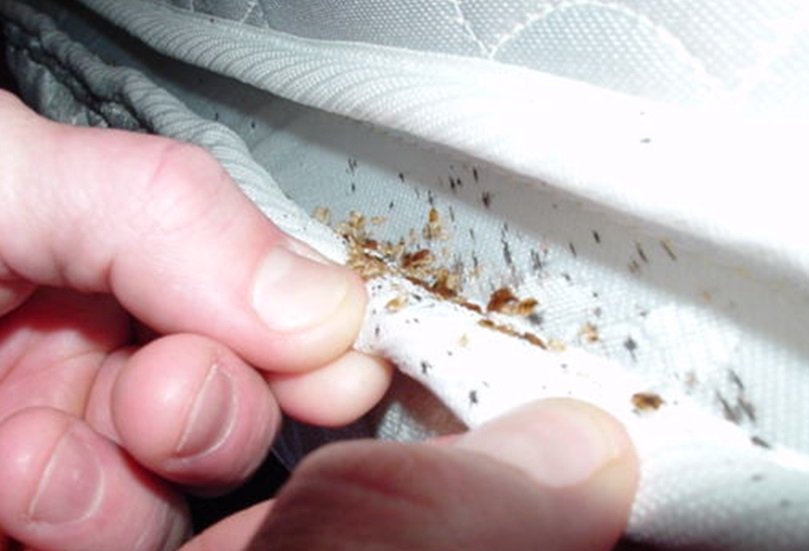
This image is property of safeguardpestcontrol.com.au.
Health Risks Associated with Bed Bugs
Skin Rashes and Allergic Symptoms
Bed bug bites can cause skin rashes, redness, itching, and swelling. Some individuals may experience allergic reactions to the bites, leading to more severe symptoms.
Insomnia and Sleep Disorders
The presence of bed bug infestations can disrupt sleep and lead to insomnia and other sleep disorders. The fear of being bitten can cause anxiety and make it difficult to fall asleep or stay asleep.
Anemia from Prolonged Exposure
In rare cases, individuals who experience prolonged exposure to bed bug bites may develop anemia. This occurs when the repeated loss of blood through bites leads to a deficiency in red blood cells.
Psychological Effects
Bed bug infestations can have a significant impact on an individual’s mental health. The stress, anxiety, and embarrassment associated with an infestation can lead to psychological effects such as depression and anxiety disorders.
Myths and Misconceptions about Bed Bugs
Bed Bugs Transmit Diseases
Contrary to popular belief, bed bugs are not known to transmit diseases to humans. While their bites can cause discomfort and skin reactions, they are not vectors for infectious diseases.
Bed Bugs are a Sign of Poor Hygiene
Bed bugs do not discriminate based on cleanliness or hygiene. Infestations can occur in the cleanest of environments, as these pests are primarily attracted to warmth and carbon dioxide.
Bed Bugs Can Fly
Bed bugs are incapable of flight. They lack wings and rely solely on crawling to move around. However, they can crawl quickly over floors, walls, and ceilings, making them adept at spreading within a space.
Bed Bugs are Visible with the Naked Eye
While bed bugs can be visible to the naked eye, they are small and adept at hiding. Their flat bodies allow them to fit into tight spaces, making them difficult to detect without a thorough inspection.
In conclusion, understanding bed bugs and their behavior is crucial in effectively preventing and eliminating infestations. By being aware of common hiding spots, conducting regular inspections, and implementing preventative measures, it is possible to mitigate the risk of bed bug infestations. In cases where infestations occur, professional help may be necessary to ensure complete eradication. Implementing natural remedies and understanding the health risks associated with bed bug infestations can also help individuals protect themselves and their homes.




